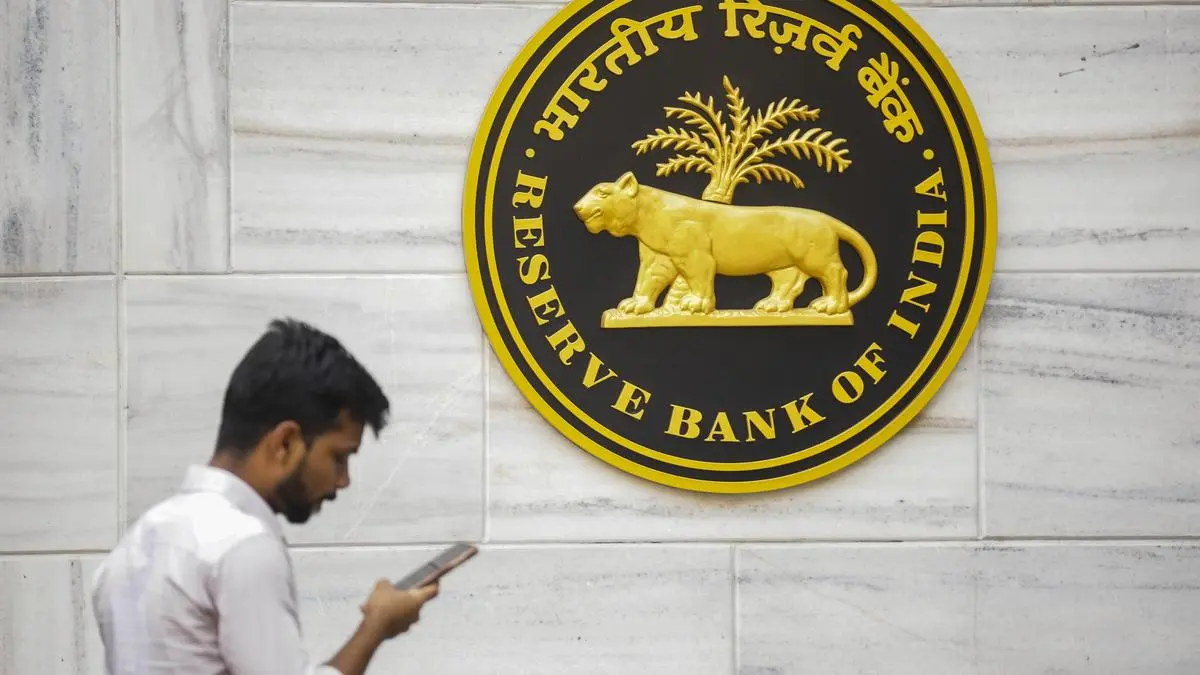
The RBI’s surplus transfer is much lower than the estimates of most economists
| Photo Credit:
SHASHANK PARADE
The Reserve Bank of India (RBI) has managed a fine balancing act while deciding its surplus distribution for 2024-25. It has ensured that monetary and fiscal stability are not compromised even while transferring an all-time high dividend to the Centre. The RBI’s surplus transfer of ₹2.68 lakh crore for 2024-25 is 27 per cent higher than the transfer in FY24 and surpasses the central bank dividend estimated in the Budget for this fiscal year.
With tepid growth and geopolitical tensions expected to lower tax revenues and spike expenditure, the transfer from RBI can play a critical role in keeping the fiscal deficit for this year under check. The higher surplus transfer will also improve system liquidity in the coming months, help ease market interest rates and complement RBI’s rate cuts. Government securities’ yield could dip, lowering borrowing costs for the Centre. A couple of factors are likely to have contributed to the record-high transfer for FY25. The weakness in the rupee in the second half of last fiscal year necessitated aggressive sales of dollars by the RBI. The central bank has sold $398.7 billion on a gross basis in FY25, which is far higher than the gross sales of $153 billion in FY24. This would have resulted in a bumper profit given that the dollars in the central bank reserves have been accumulated over many decades, at much lower value. Two, the liquidity injections by the RBI through open market operations and other tools have resulted in increasing its holdings of government securities which would have led to higher interest income in FY25.
The surplus transfer is, however, much lower than the estimates of most economists. This is because the central bank has rightly chosen to set aside a higher part of its profits made in FY25 for future contingencies. The economic capital framework, last reviewed by the Bimal Jalan committee in 2019, which decides on the risks to RBI’s balance sheet and the buffers to be maintained to shield against these risks, was up for review this year. The committee has stipulated that the contingency risk fund, which includes the reserves held to address monetary and financial stability risk, credit risk and operational risk, should be maintained in the range of 4.5 to 7.5 per cent of the RBI’s balance sheet. This is much wider than the prior range of 5.5 to 6.5 per cent and provides ample flexibility to the central bank to set aside more funds in the reserves during turbulent times and increase the surplus transfer when the environment is stable.
The RBI Board has recognised the higher risk to financial stability this year caused by the upheavals in global financial system due to the policies of the US government. Therefore, it has decided that the transfer to contingency fund should be at the upper end of this new range, at 7.5 per cent of its balance sheet. This decision needs to be lauded, given the pressure the central bank faces to maximise the surplus transfer to the Centre.
Published on May 25, 2025
Anurag Dhole is a seasoned journalist and content writer with a passion for delivering timely, accurate, and engaging stories. With over 8 years of experience in digital media, she covers a wide range of topics—from breaking news and politics to business insights and cultural trends. Jane's writing style blends clarity with depth, aiming to inform and inspire readers in a fast-paced media landscape. When she’s not chasing stories, she’s likely reading investigative features or exploring local cafés for her next writing spot.






